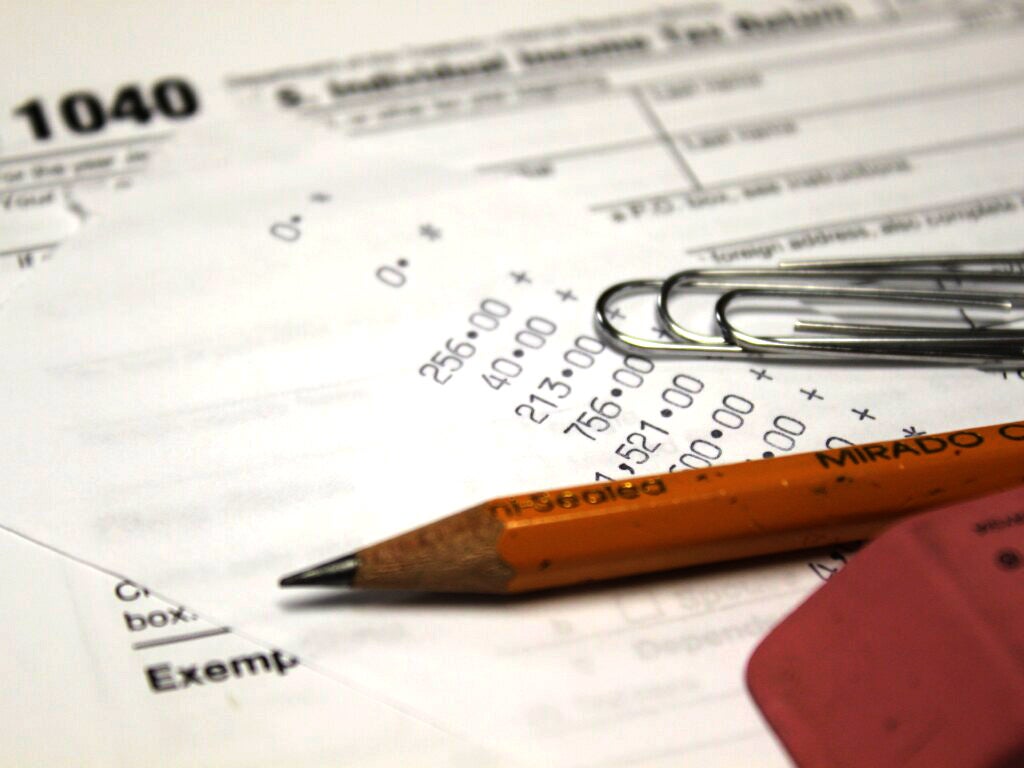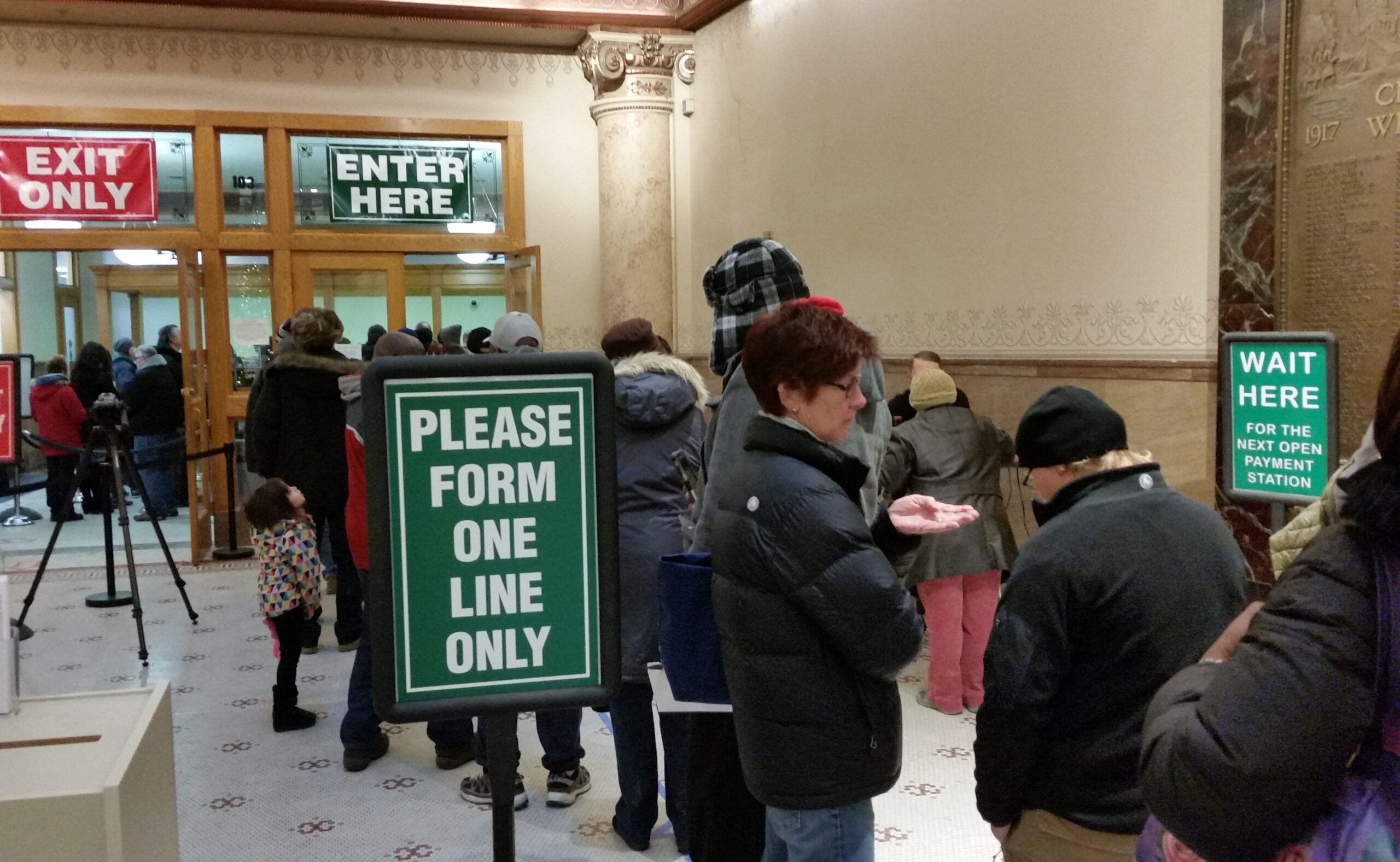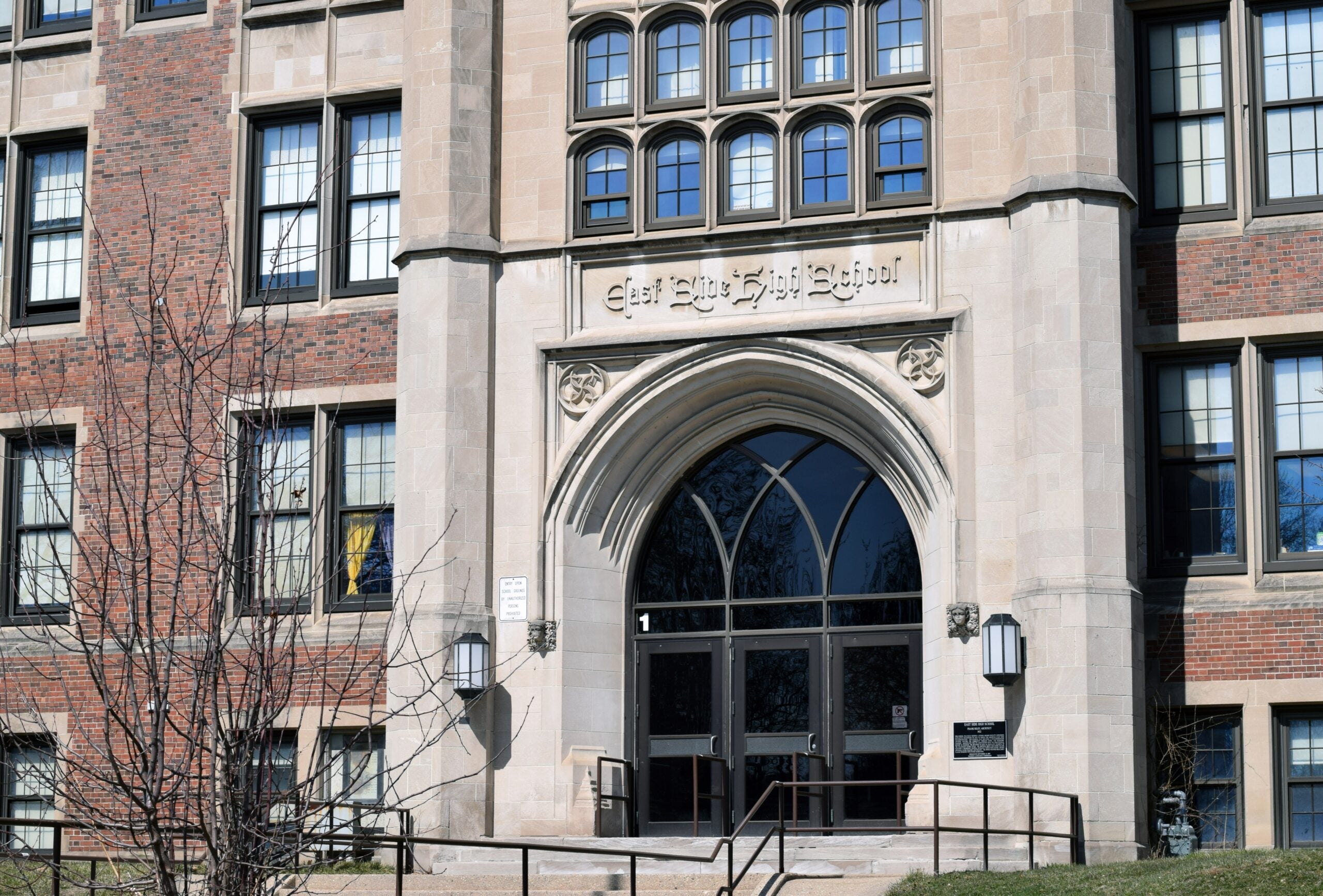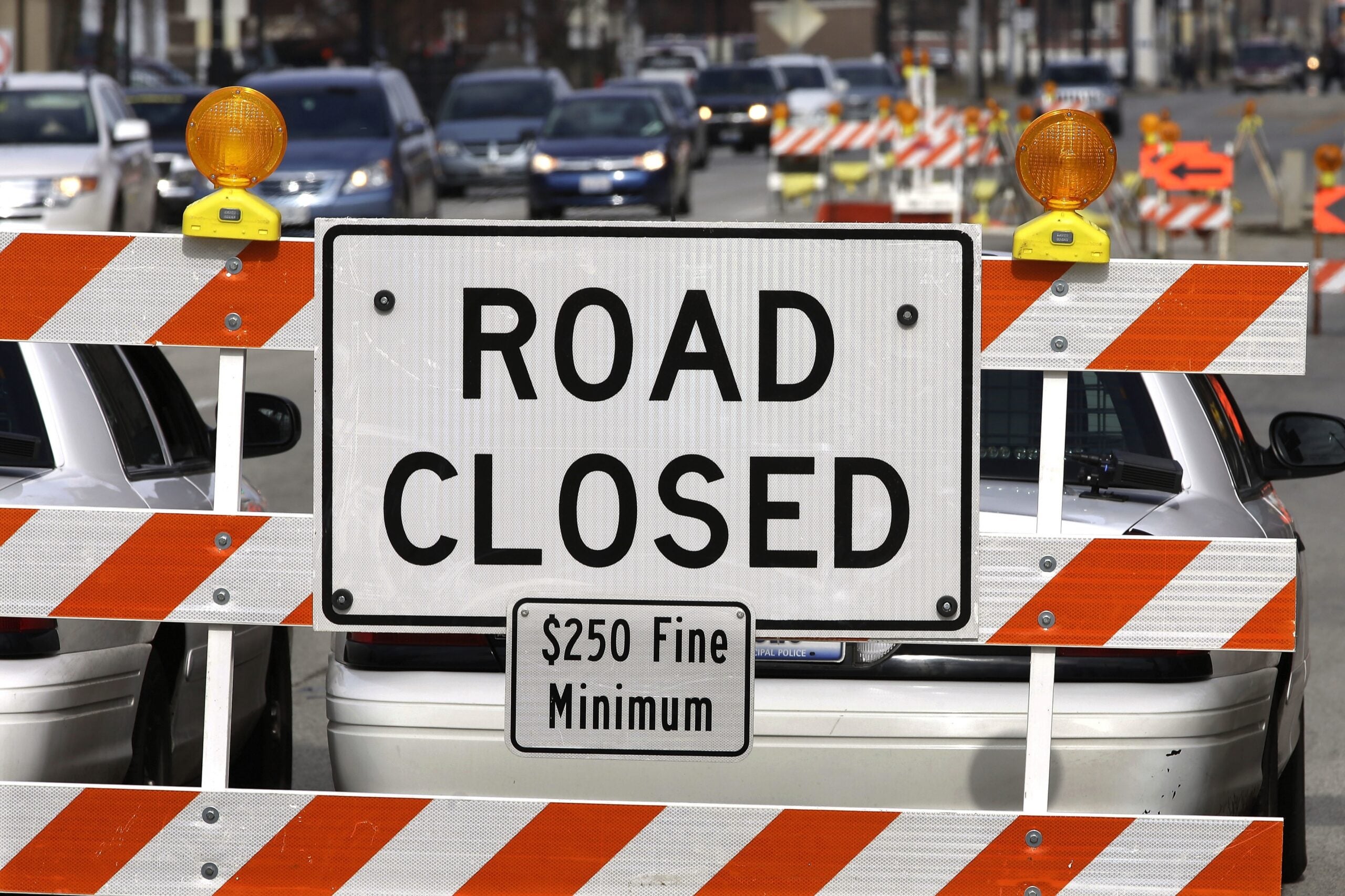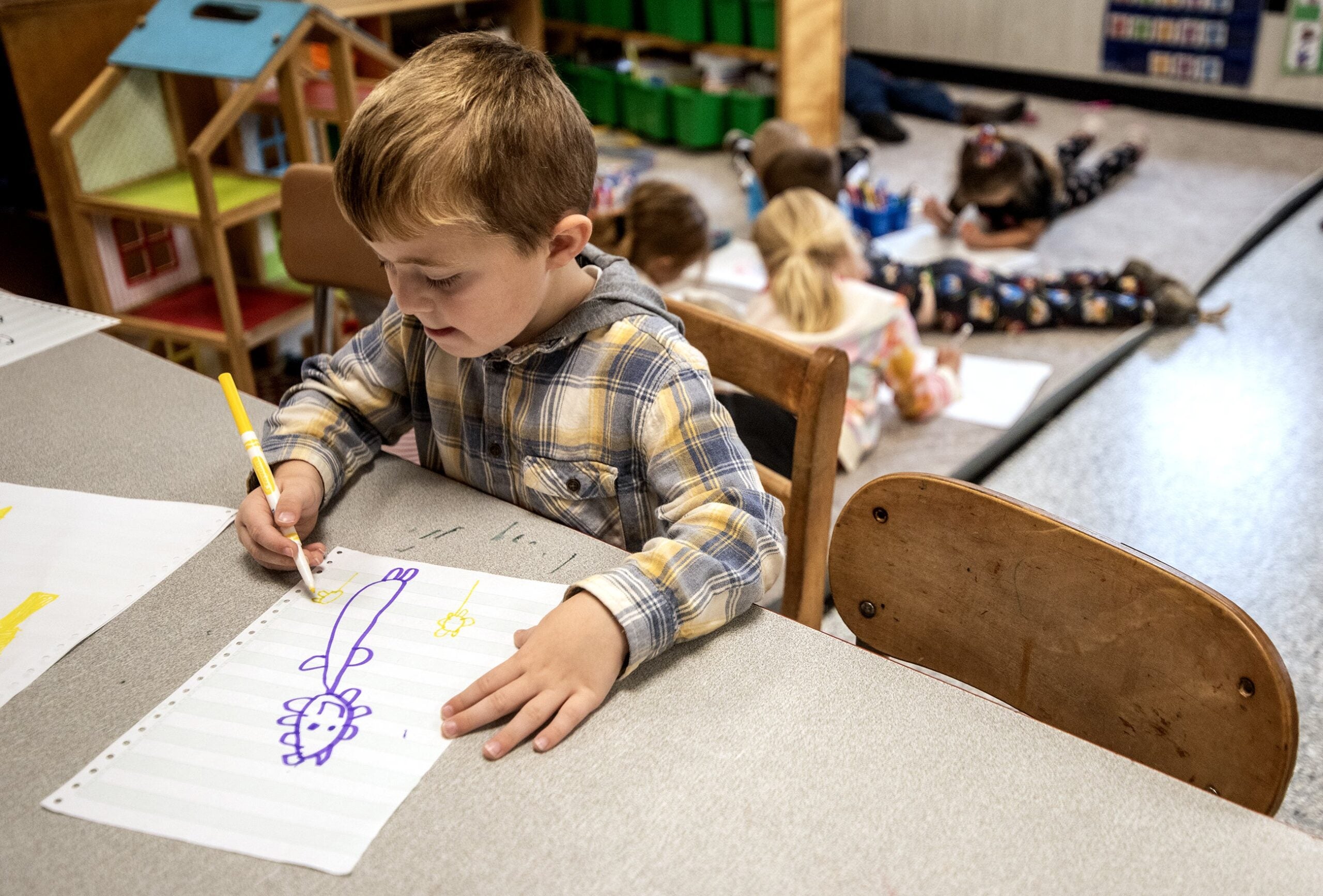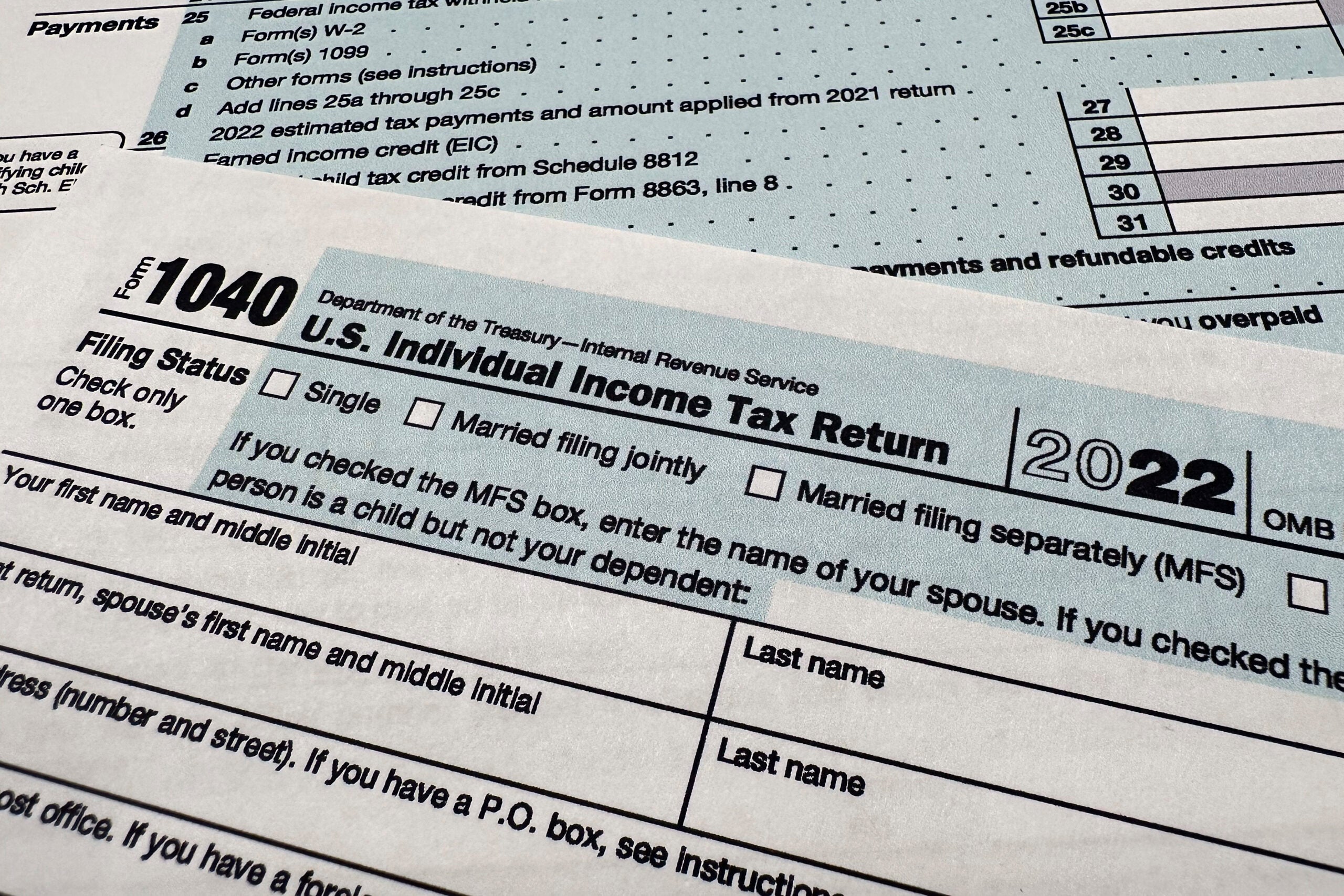Wisconsin’s individual tax burden has fallen more than nearly every other state over the past 20 years, according to new research by the nonpartisan Wisconsin Policy Forum. The decline is due to income tax cuts, restrictions on property tax increases and wage growth.
The new report titled “Wisconsin’s Drop In Tax Rank Among Nation’s Largest” looks at the percentage of state and local taxes as a percentage of personal income from 1999 to 2019, the latest year that U.S. Census tax and spending data is available.
It shows the percentage of individual income going to taxes in Wisconsin fell from 12.1 percent to 10.9 percent in 2019. Though a reduction of 1.87 may not sound like much, the report notes it represents a shift worth billions of dollars.
News with a little more humanity
WPR’s “Wisconsin Today” newsletter keeps you connected to the state you love without feeling overwhelmed. No paywall. No agenda. No corporate filter.
“If the state’s tax burden as a share of income had been the same in 2019 as it was in 1999, then state taxpayers could have paid $5.57 billion more in taxes to state and local governments,” the report said.
The Policy Forum notes that calculation is imperfect because it relies on an assumption that hypothetical higher levels in taxes wouldn’t have affected income levels in the state.
Nationally, Wisconsin’s tax burden was the fourth highest in the nation in 1999. In 2019, Wisconsin’s tax burden ranked 23rd. That’s among the biggest drops in the U.S. and lower than Midwestern states including Kansas, Nebraska, Iowa, Illinois, Minnesota and North Dakota.
Factors driving Wisconsin’s declining tax burden over the past two decades include changes in how and when local governments, technical colleges and public school districts can raise property taxes to generate revenues. Since 2011, the report notes state law has generally restricted increases sought by municipalities, county governments and school districts to the rate of new construction, which has been below 1.7 percent since 2008.
“Property taxes statewide went from 4.5 percent of personal income in 2011 to 3.8 percent of personal income in 2012,” Wisconsin Policy Forum Researcher Ari Brown told WPR. “This is a pretty swift drop off.”
The report states a series of personal income tax cuts passed by state lawmakers since 1999, an elimination of one tax bracket, an exemption of Social Security income and manufacturing and agricultural production income have also reduced the tax burden over the past two decades.
Policy Forum research director Jason Stein said individuals may not have noticed the decrease in their tax burden as it relates to income since 1999, but it’s made a difference in how much state and local governments spend.
“We definitely have fallen from a higher level of taxes and public spending on things like K-12 education to a more middle of the pack state,” said Stein. “And you know, there’s lots of implications for that.”
The Policy Forum report shows spending on K-12 schools, the second-largest expenditure in the state, accounted for 4.1 percent of personal income in 2019, which ranks Wisconsin 24th in the nation. In 1999, 5.3 percent of personal income went to public schools, which ranked the state eighth in the nation at the time.
The percentage of personal income going to public higher education rose slightly from 2.1 percent in 1999 to 2.2 percent in 2019. The percentage used for highway spending declined from 1.7 percent to 1.6 percent between 1999 and 2019. The percentage of personal income going toward public assistance programs like Medicaid, which provides health care coverage for low-income residents increased from 2.9 percent in 1999 to 4.6 percent in 2019.
The Wisconsin Policy Forum notes it may be more difficult to measure upcoming Census data on taxes and spending due to COVID-19 related infusions of federal stimulus funds. Also, the report said the 2021-2023 state budget signed by Gov. Tony Evers in July includes more than $1 billion in state income tax cuts for 2022 along with substantial funding increases for schools, which should translate to lower K-12 property taxes.
Wisconsin Public Radio, © Copyright 2025, Board of Regents of the University of Wisconsin System and Wisconsin Educational Communications Board.

